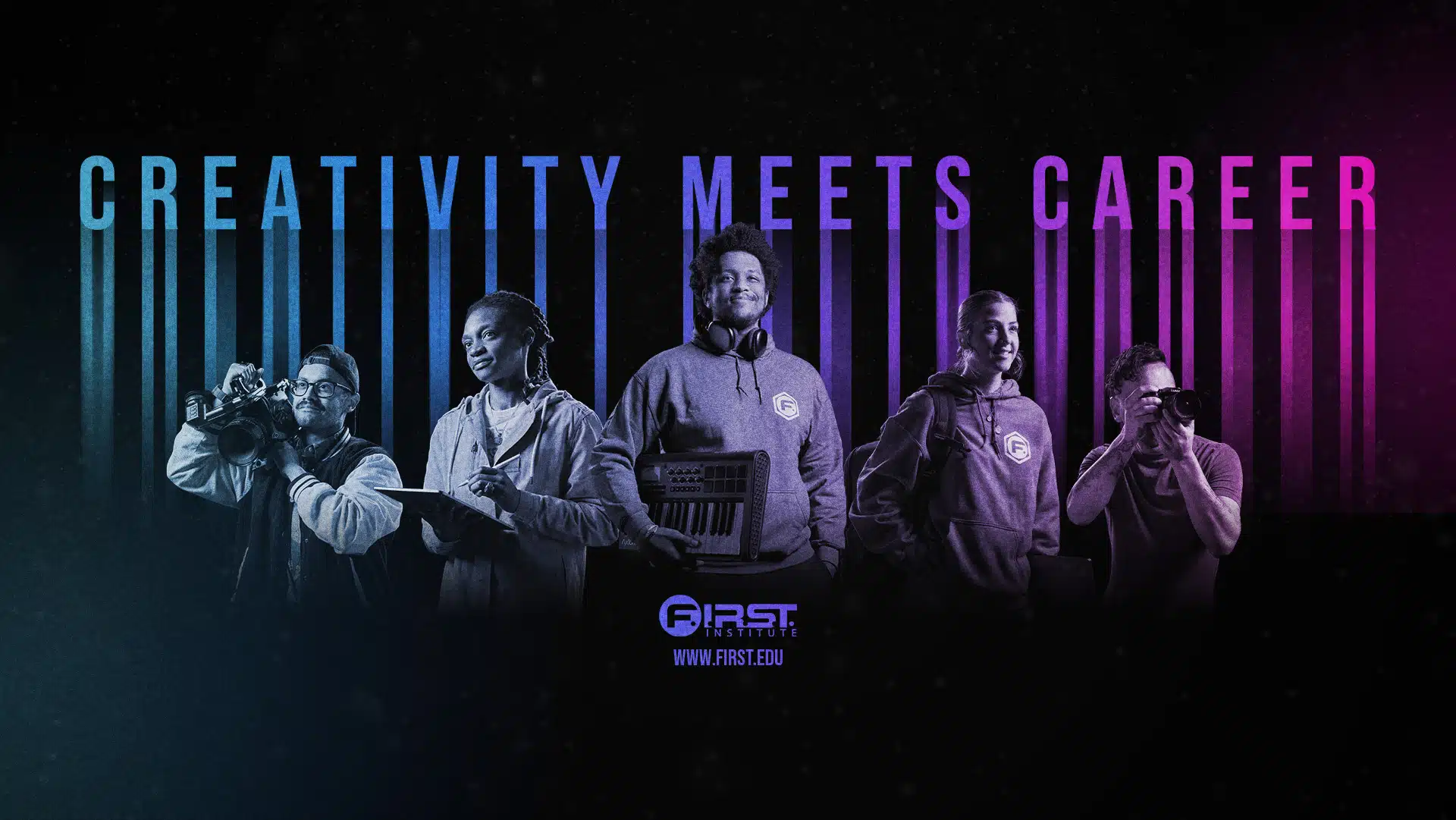Your Portfolio Matters More Today Than Ever Before
Is your portfolio strong enough to seal the deal on your dream job? Are you doing enough to separate yourself from your competition? As a creative, your portfolio often plays a larger role in hiring decisions than your resume. Still, many of us are still pulling out the old “I can send a Google Drive link” or “I’ll email some files once I get back to my computer.” A killer portfolio is essential for anyone who wants to be successful in a creative field. So how can you design a portfolio that will guarantee you don’t get passed over the next time you apply for a job? Read on to find out.
1. Who Is Your Portfolio For – Know Your Audience
Before you begin building your portfolio, it’s crucial to consider who is in your audience. Some questions you’ll want to answer are:
- What is your niche?
- A portfolio should be focused and provide a clear understanding of what problems you can solve for others. You’re not throwing darts in the dark here; you’re honing in on your target and making strategic, calculated moves. It’s best practice to be fairly narrow. You can easily overwhelm the end user with too much or unnecessary information. Think of the problems you can solve for others and what information they need to feel comfortable working with you.
- What platform is best suited for the type of work you do?
- A custom portfolio website is the most professional way to showcase your work. However, a poorly-built portfolio website can hurt your chances of getting hired. Long load times and user-unfriendly navigation can cause a manager to miss your best work. Not to mention, the site itself (not your work) will be the first example of your creative abilities a manager is exposed to. If you’re not confident in your web design skills and can’t hire someone to create a site for you, you may be better off using a hosting platform. Websites like Behance, Vimeo, Dribble, and Bandcamp neatly organize your work and present it in an easily digestible format.
2. your portfolio should be your best work… but not all of it
You should always put your best foot forward in your portfolio. Aim for quality over quantity – a few hit pieces are better than an extensive collection of meh. If you struggle to choose which work to include, ask a colleague or mentor for their input.
3. Make your Portfolio visually appealing
Your portfolio should be visually appealing and easy to navigate. Use high-quality images and consider using a clean, modern design that draws attention away from itself and toward your work. Even if you’re using a hosting platform, there’s always room to make your profile more professional and creative. Take the time to make sure every element on your page is filled out, and research the platform’s best practices. Also, take some time to look into how successful channels on the platform present their content – maybe you’ll get some inspiration!
4. Update Your Portfolio Regularly
Your portfolio should be a living document that evolves over time. Set aside time every few months to review and update it as needed. Companies want to hire creatives that keep up with industry trends – the last thing you want is for all of your work to be a decade old. Another common pitfall is forgetting to update contact information. The best portfolio in the world is useless if no one can reach you!
5. Get feedback on how to optimize your portfolio
Always ask for feedback on your portfolio. Show it to colleagues, mentors, or existing clients for input. If someone chooses not to hire you, reach out and ask them what factors might have swayed their decision. Of all the tools in your professional utility belt, this is perhaps the most powerful.
In conclusion, creating a great portfolio takes time and effort, but it’s an essential tool for any creative professional. Following these tips, you can create a portfolio that showcases your best work, tells your story, and helps you achieve your goals.
A great way to develop your portfolio is by enrolling in a higher-education program that emphasizes project-based learning, such as F.I.R.S.T. Institute. At F.I.R.S.T., students create high-level creative projects with the guidance of industry pros. After they’ve filled their portfolio with killer work, F.I.R.S.T.’s Career Services department provides valuable feedback and personalized tips to bring it to the next level. You can learn more at first.edu.






